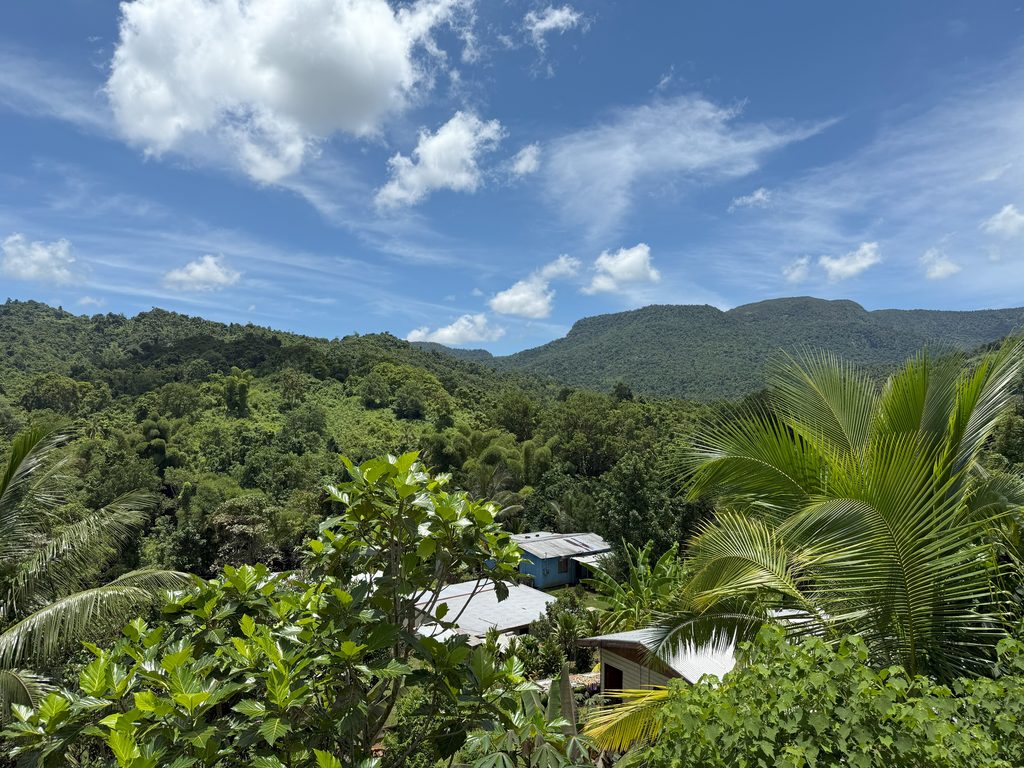Caves have long been a source of fascination and intrigue, captivating the human imagination with their enigmatic depths.
In Fiji, the indigenous community holds an even deeper reverence for these natural formations, seeing them not only as geological wonders but also as sacred sites linked to history and culture.
For Fiji’s ancestors, caves were more than just shelters — they were places of refuge during natural disasters, wars, and disease outbreaks.
They also served as spiritual sanctuaries, imbued with ancestral significance. This deep connection to caves resurfaced earlier this year when a viral social media video showcased the dramatic discovery of a previously unknown cave in the highlands of Nakorotubu, within the Ra province.
The men who stumbled upon it, from the village of Nalidi, claimed their ancestors had foretold that its discovery would bring wealth through precious stones and minerals. The cave, located at the base of the mountainous region of Uluivuda, quickly became a topic of national intrigue.
The discovery and its significance
The revelation prompted an investigation by Fiji’s Mineral Resources Department. Upon analysing mineral samples from the cave, experts confirmed that the so-called ‘precious stones’ were in fact stalactites—common mineral formations, not gems or gold.
However, the cave’s discovery carries immense anthropological and historical significance, raising important questions about the origins of the indigenous people of Nakorotubu.
For generations, the people of Nakorowaiwai, now residing in the villages of Nalidi and Natuvatuvavatu, knew of only one cave: Na Qara ni Mekenisi or the Magnesium Cave. Even the eldest members of the community, a 93-year-old woman who grew up in old Nakorowaiwai, had no knowledge of the newly found cave. Could Uluivuda be another ancestral point of origin, much like the revered Nakauvadra mountains?
Determined to uncover the truth behind the discovery, and to understand the reported presence of human skeletons and ancient pottery fragments within, The Sunday Times team embarked on an expedition to Nalidi village.
A journey into the unknown
Our journey began when we arrived in Nalidi on a damp, overcast Sunday afternoon. A funeral ceremony had just concluded, and as we presented our sevusevu, the villagers warmly welcomed us.
Receiving the elders’ blessing was essential, as Uluivuda holds immense cultural significance for the people of Nakorowaiwai. It is a place almost sacred, requiring respect and permission.
On a misty Tuesday morning, we set off with Peni Kedremau, the young man who, along with his wife Sera, first discovered the cave.
“Prepare to be amazed,” he told us the night before, his excitement barely contained.
We hitched a ride on a three-tonne carrier that usually transports students, disembarking about 500 meters uphill before trekking toward Uluivuda.
The crisp mountain air and morning dew refreshed us as we trudged through the dense forest, determined to reach the cave before the relentless midday sun bore down upon us.
After a 45-minute descent through thick mud and lush greenery, we arrived at the cave’s entrance. At first glance, the small, unimposing opening gave no hint of the immense cavern hidden within.
Crawling inside, I was struck by the sheer size of the interior—stalactites and limestone formations adorned the ceiling, the damp air thick with mystery. We flicked on our torches, the darkness swallowing any natural light beyond the entrance.
Secrets within the depths
As we explored, tunnels branched off in every direction, some inaccessible due to their narrow openings. We stopped at a natural water source where mineral-filtered droplets trickled into a large blue drum. Taking a sip, the water tasted pure, untouched by time.
Deeper inside, we reached a vast chamber, its expanse reminiscent of a grand lecture theatre. In the centre stood two towering white mineral columns, resembling the pillars of an ancient Roman temple—only these had been sculpted by nature itself.
One of the most intriguing areas lay further ahead, where Peni claimed the cave walls “glittered like gold.” While others squeezed through the narrow opening, I had to pass my camera through, later marvelling at the shimmering formations captured in the images.
Near the cave’s entrance, another significant discovery awaited us: remnants of pottery and seashells. The presence of marine shells deep within an inland cave raises fascinating questions. Were these remnants of an ancient trade route? A ritual offering? Or evidence of a long-forgotten civilization that once thrived here?
The human element
Perhaps the most haunting discovery was the presence of human skeletons within the cave. However, just a day before our visit, the land-owning unit had them removed.
A Methodist Church minister performed a consecration, and the remains were reburied in the village burial grounds, next to their vunivalu (chiefly warlord).
Unravelling the mystery
As I exited the cave, gazing upon Uluivuda and the ruins of ancient Nakorowaiwai, I couldn’t shake the feeling that this site holds answers to untold stories. Could this be the true cradle of some of Fiji’s indigenous tribes? While Nakauvadra is often referenced in oral traditions as the home of Degei—the progenitor of many iTaukei clans—could Uluivuda predate even that sacred site? Who were the individuals whose bones once lay undisturbed within the cave? And how did the shells, seemingly out of place so far inland, find their way there?
These questions remain unanswered, but through archaeology and scientific exploration, we may one day unlock the secrets hidden within Uluivuda’s depths. While no gold or gemstones have been found, the true treasure lies in understanding the land’s wisdom—the legacy of those who came before us. And that, perhaps, is more valuable than any precious stone.
History being the subject it is, a group’s version of events may not be the same as that held by another group. When publishing one account, it is not our intention to cause division or to disrespect other oral traditions. Those with a different version can contact us so we can publish your account of history too — Editor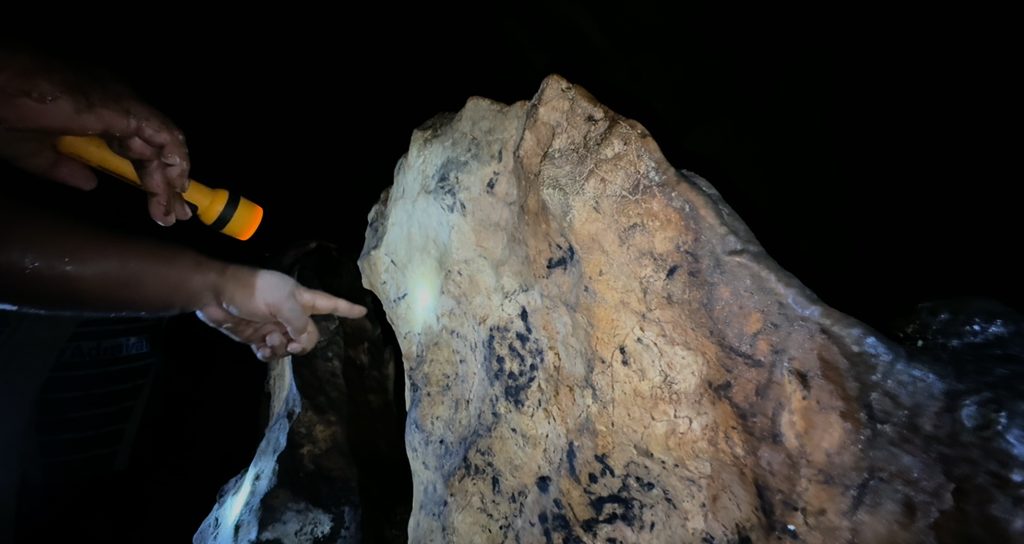
Ash marks from vuru (bamboo torches) on a rock in the cave.
Picture: ALIFERETI SAKIASI
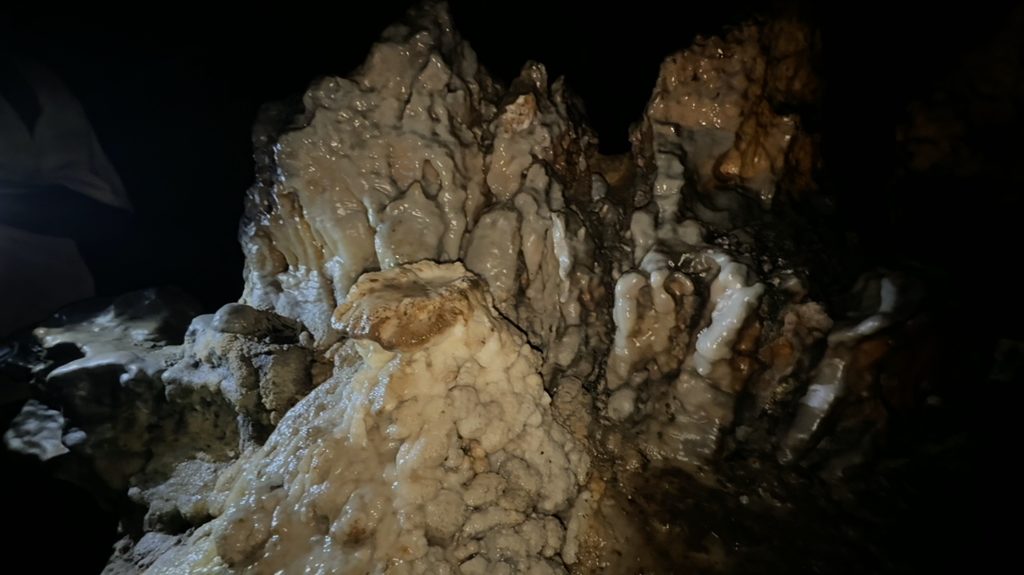
Calcium deposits almost like candle wax found inside the cave.
Picture: ALIFERETI SAKIASI
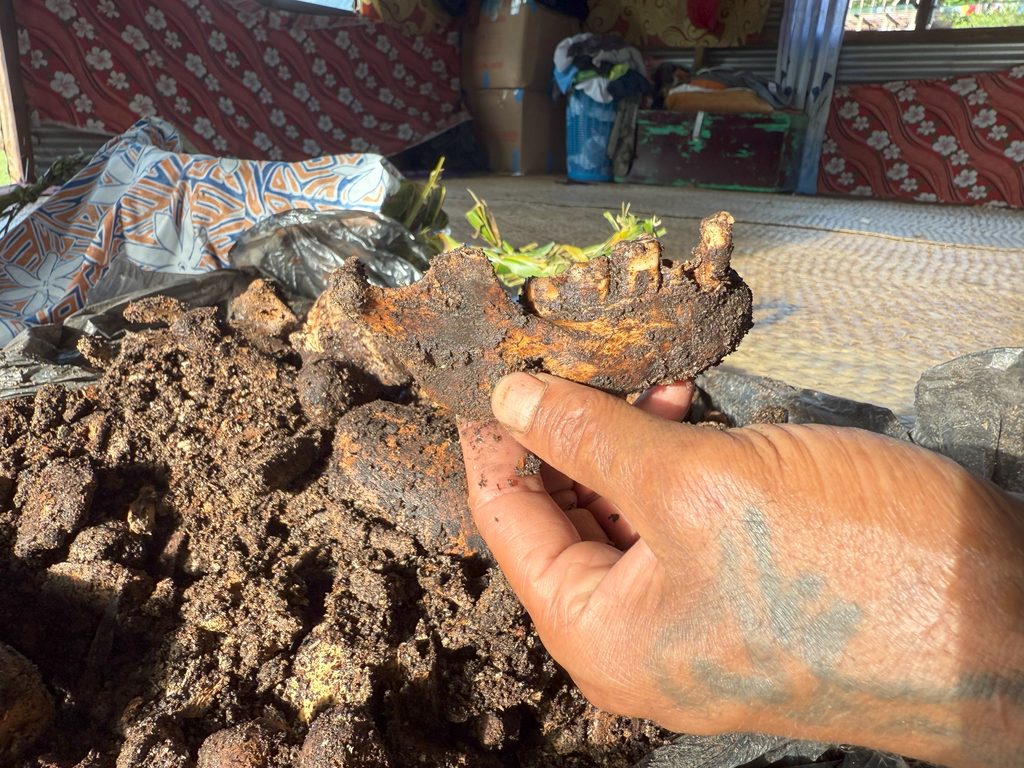
Piece of the jaw bone found inside the Nakorowaiwai Cave. Picture: ALIFERETI SAKIASI

Thick volcanic rock formations covered by thick greenery above the entrance of the cave. Picture: ALIFERETI SAKIASI
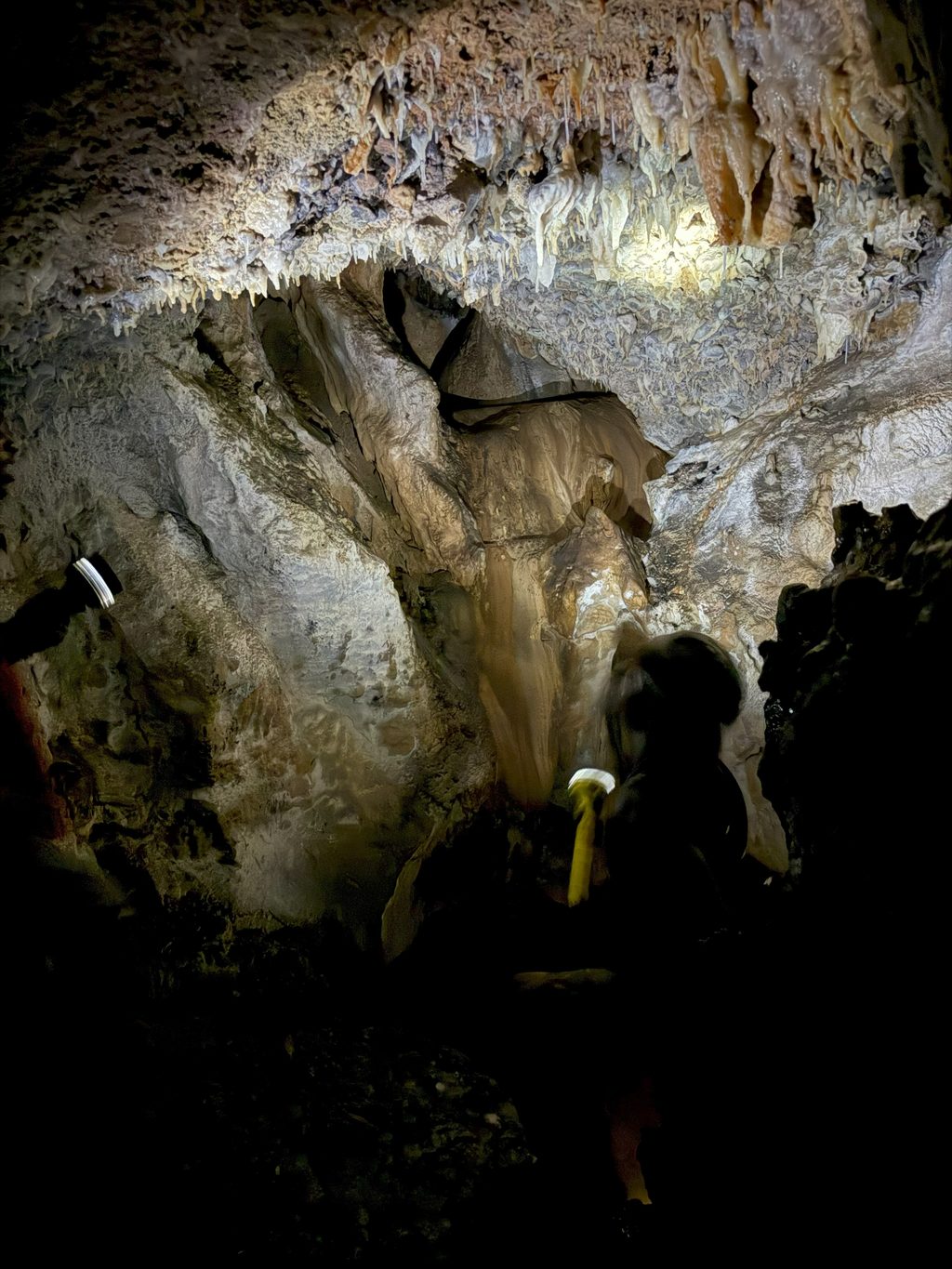
Cone shaped stalactites on the ceiling of the cave. Picture: ALIFERETI SAKIASI
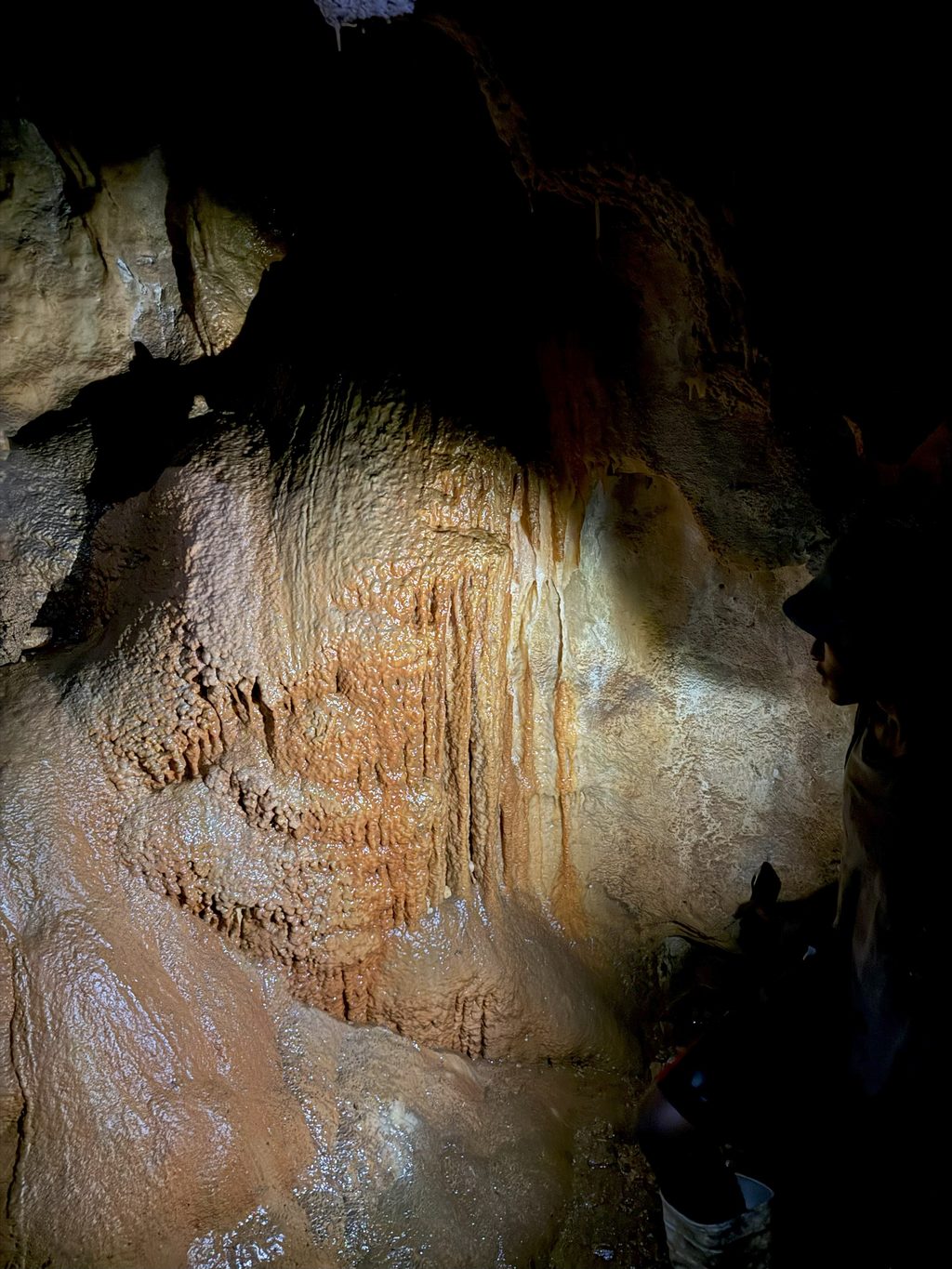
The walls of the cave’s interior is coated with thick stalactite formations like this. Picture: ALIFERETI SAKIASI
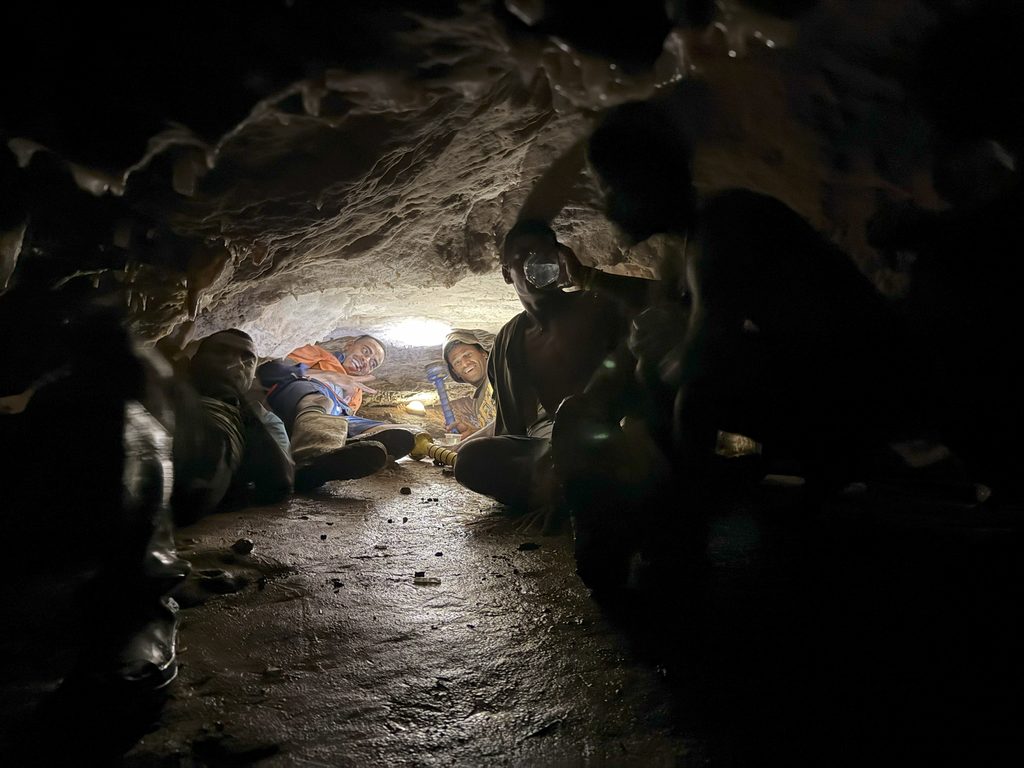
Village youths who accompanied the Sunday Times team to the cave cramped between a passage in the cave. Picture: ALIFERETI SAKIASI
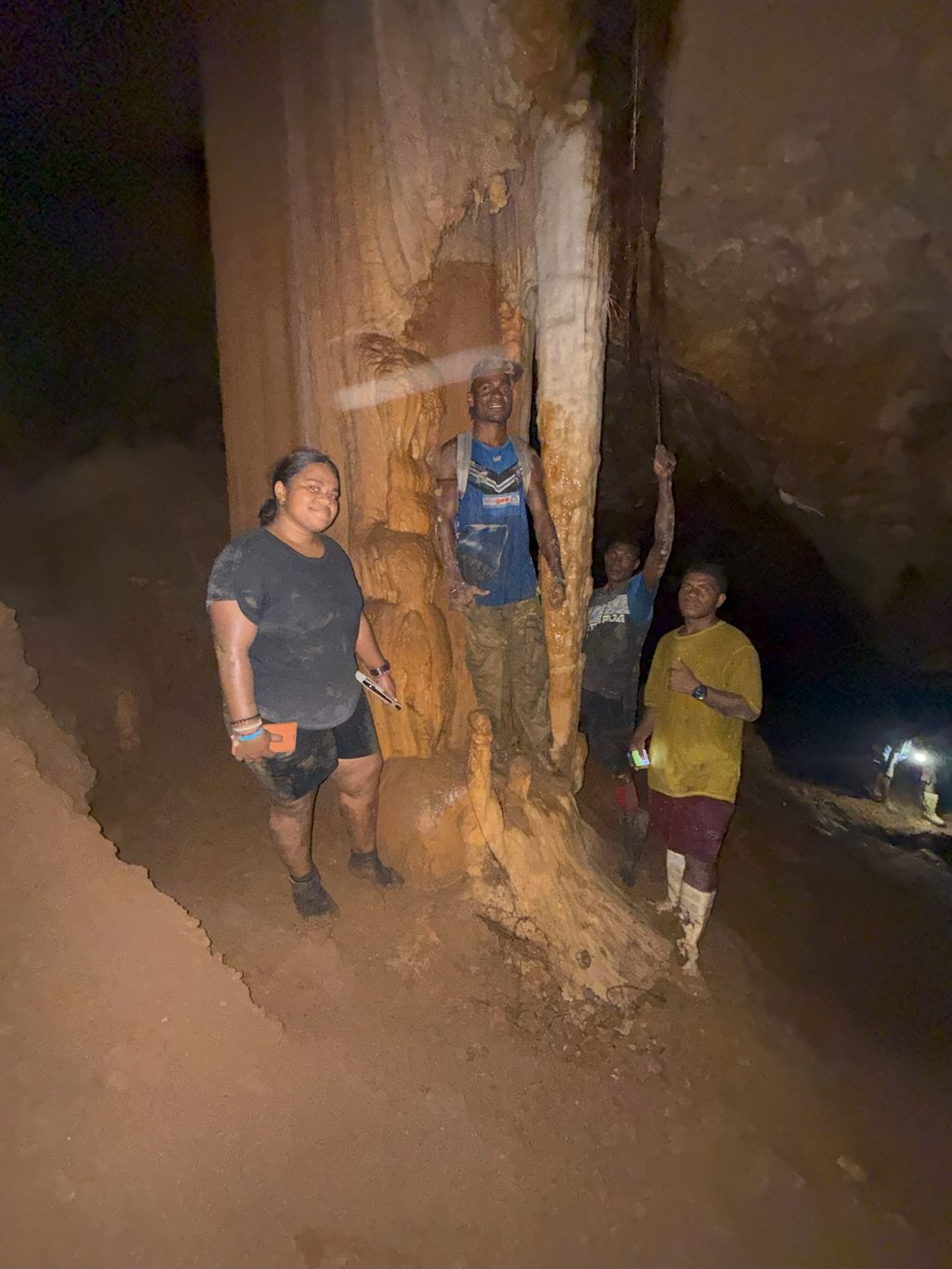
Peni (blue vest) stands in-front a thick mineral column.
Picture: ALIFERETI SAKIASI
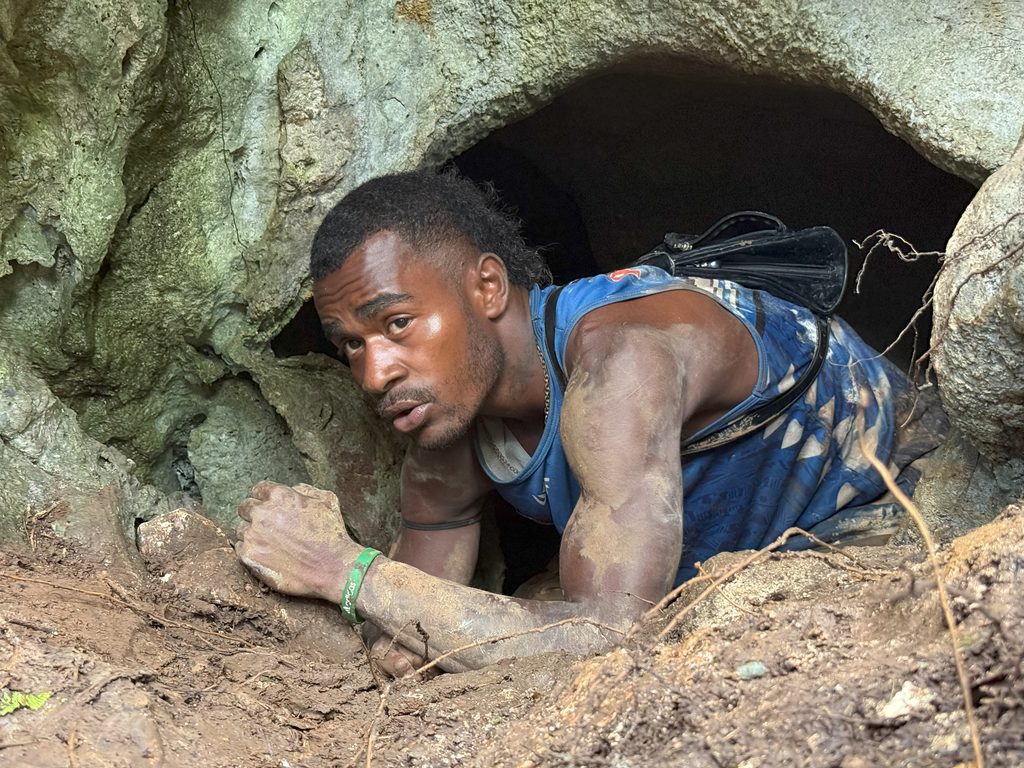
The young man who discovered the cave in January – Peni Kedremau. Picture: ALIFERETI SAKIASI
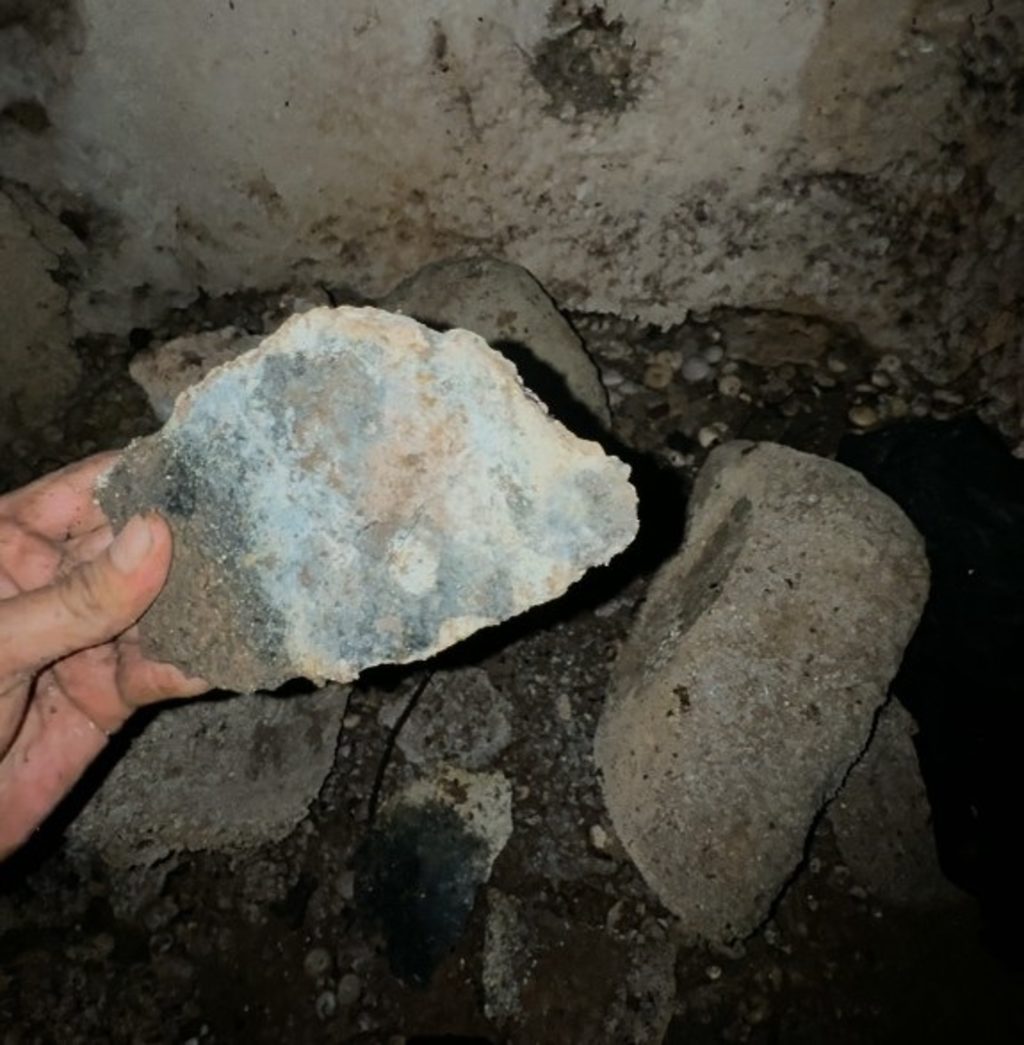
A piece of pottery found in the cave, note the makeshift fireplace in the background. Picture: ALIFERETI SAKIASI

